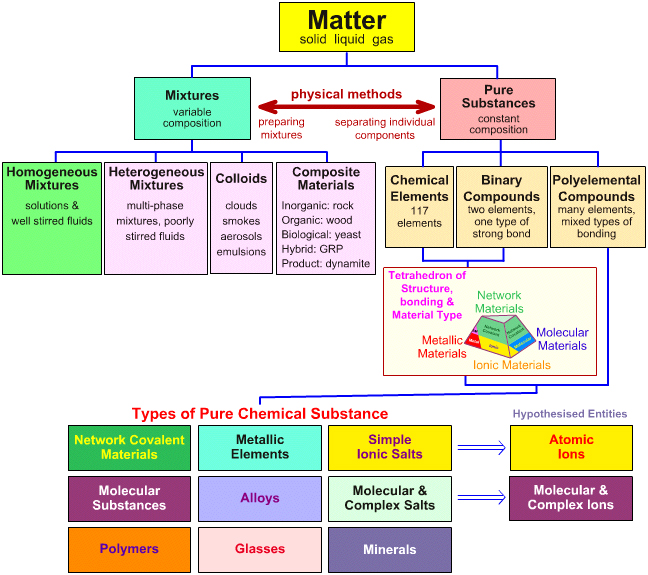- 6.) Magic of Batteries
-
In strict terms, a battery is a collection of multiple electrochemical cells, but in popular usage
battery often refers to a single cell.
For example, a 1.5-volt AAA battery is a single 1.5-volt cell, and a 9-volt battery has six 1.5-volt cells in series. The first electrochemical cell was developed by the Italian physicist Alessandro Volta in 1792, and in 1800 he invented the first battery, a "pile" of many cells in series.
The usage of "battery" to describe electrical devices dates to Benjamin Franklin, who in 1748 described multiple Leyden jars (early electrical capacitors) by analogy to a battery of cannons.
Thus Franklin's usage to describe multiple Leyden jars predated Volta's use of multiple galvanic cells.
It is speculated, but not established, that several ancient artifacts consisting of copper sheets and iron bars, and known as Baghdad batteries may have been galvanic cells.
Volta's work was stimulated by the Italian anatomist and physiologist Luigi Galvani, who in 1780 noticed that dissected frog's legs would twitch when struck by a spark from a Leyden jar, an external source of electricity.
In 1786 he noticed that twitching would occur during lightning storms.
After many years Galvani learned how to produce twitching without using any external source of electricity.
In 1791 he published a report on "animal electricity."
He created an electric circuit consisting of the frog's leg (FL) and two different metals A and B, each metal touching the frog's leg and each other, thus producing the circuit A–FL–B–A–FL–B...etc. In modern terms, the frog's leg served as both the electrolyte and the sensor, and the metals served as electrodes. He noticed that even though the frog was dead, its legs would twitch when he touched them with the metals.
Check More Youtube Links about Magic of Batteries (Sains Year 2 KBSR) :-
- 1.) http://www.youtube.com/watch?v=Dy5h1Mz4bLg
- 2.) http://www.youtube.com/watch?v=P--6242jJf4&feature=related
- 3.) http://www.youtube.com/watch?v=CJK2kwF6Am4&feature=related
-
- 7.) Mixing Substances


In chemistry, a
mixture is a material system made up by two or more different substances which are mixed together but are not combined chemically. Mixture refers to the physical combination of two or more substances the identities of which are retained and are mixed in the form of alloys, solutions, suspensions, and colloids.
Check More Youtube Links about Mixing Substances (Sains Year 2 KBSR) :-
- 1.) http://www.youtube.com/watch?v=DWWBXsMXyFY&feature=related
- 2.) http://www.youtube.com/watch?v=FwgujC3LkMs&feature=fvwrel
- 8.) Push & Pull
A force is a push or pull upon an object resulting from the object's interaction with another object. Whenever there is an interaction between two objects, there is a force upon each of the objects. When the interaction ceases, the two objects no longer experience the force. Forces only exist as a result of an interaction.
For simplicity sake, all forces (interactions) between objects can be placed into two broad categories:
- contact forces, and
- forces resulting from action-at-a-distance
Contact Forces are those types of forces that result when the two interacting objects are perceived to be physically contacting each other. Examples of contact forces include frictional forces, tensional forces, normal forces, air resistance forces, and applied forces. These specific forces will be discussed in more detail later in Lesson 2 as well as in other lessons.
Action at a distance forces are those types of forces that result even when the two interacting objects are not in physical contact with each other, yet are able to exert a push or pull despite their physical separation. Examples of action-at-a-distance forces include gravitational forces. For example, the sun and planets exert a gravitational pull on each other despite their large spatial separation.

Even when your feet leave the earth and you are no longer in physical contact with the earth, there is a gravitational pull between you and the Earth. Electric forces are action-at-a-distance forces. For example, the protons in the nucleus of an atom and the electrons outside the nucleus experience an electrical pull towards each other despite their small spatial separation. And magnetic forces are action-at-a-distance forces. For example, two magnets can exert a magnetic pull on each other even when separated by a distance of a few centimeters. These specific forces will be discussed in more detail later in Lesson 2 as well as in other lessons.
Click below link for the better understanding of PUSH and PULL : -
http://www.ngfl-cymru.org.uk/vtc/push_pull/eng/Introduction/InteractiveWhiteboardActivity.htm
Check More Youtube Links about Push and Pull(Sains Year 2 KBSR) :-
- 1.) http://www.youtube.com/watch?v=BswCeDWjGHA&feature=related
- 2.) http://www.youtube.com/watch?NR=1&feature=endscreen&v=PTMBVMHEUZA
- 3.) http://www.youtube.com/watch?NR=1&feature=endscreen&v=6dT3fJQMEsc
